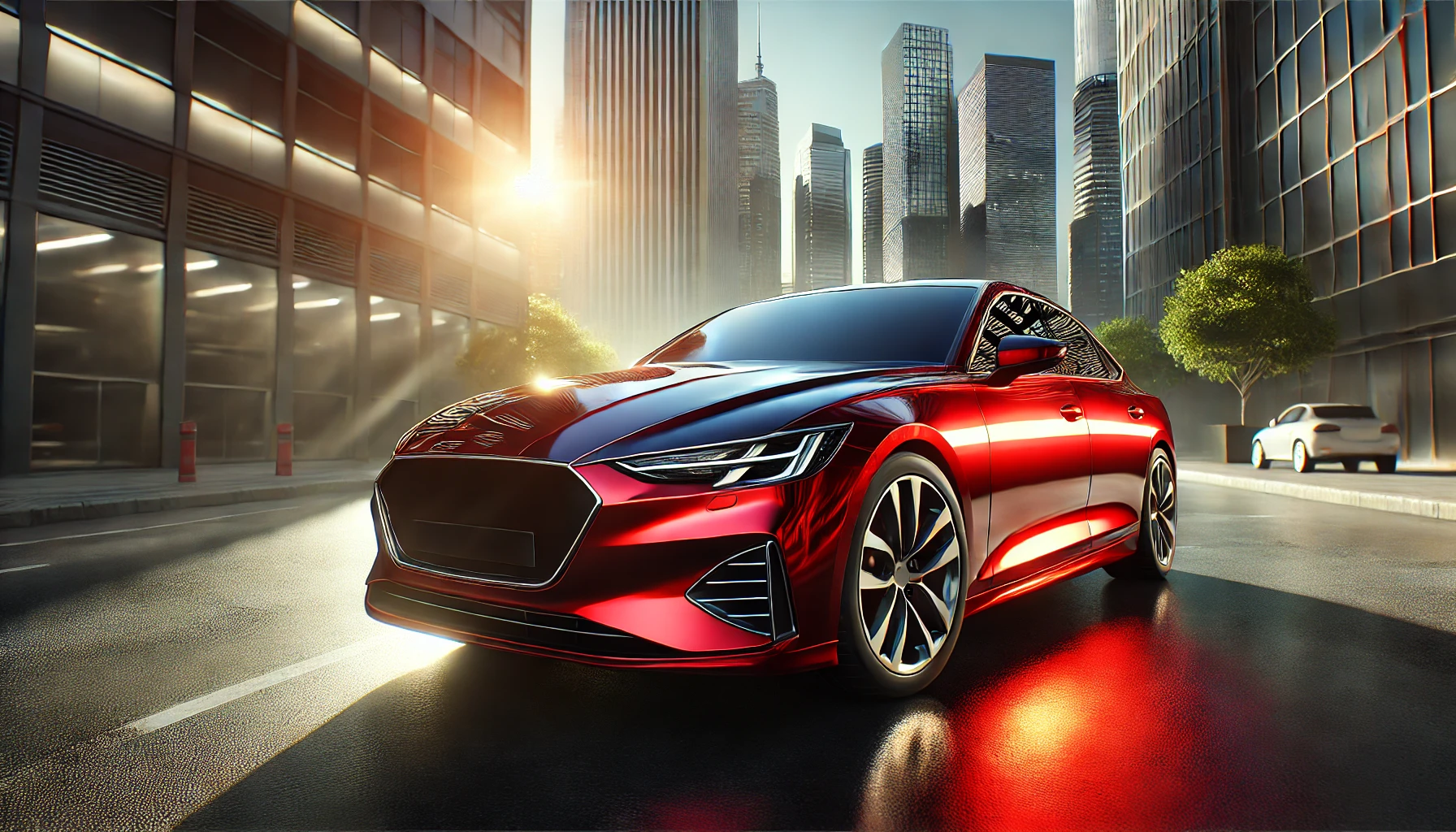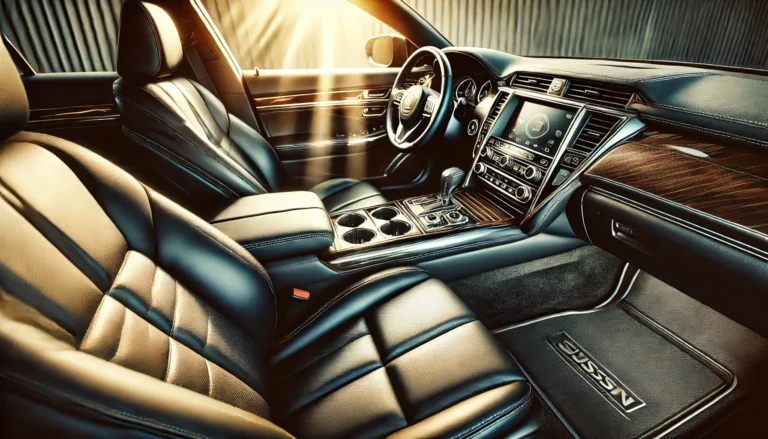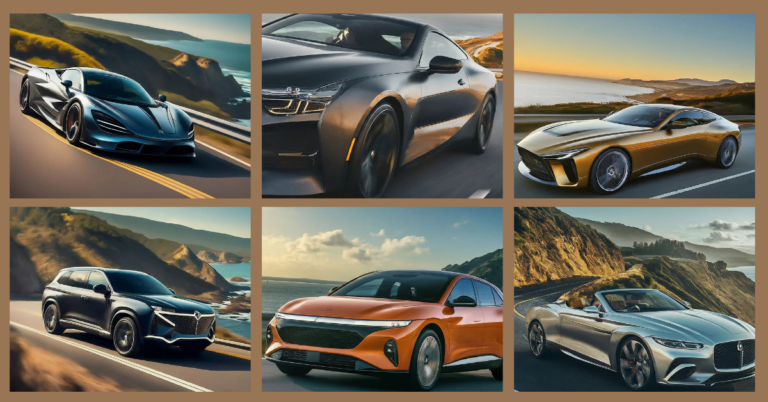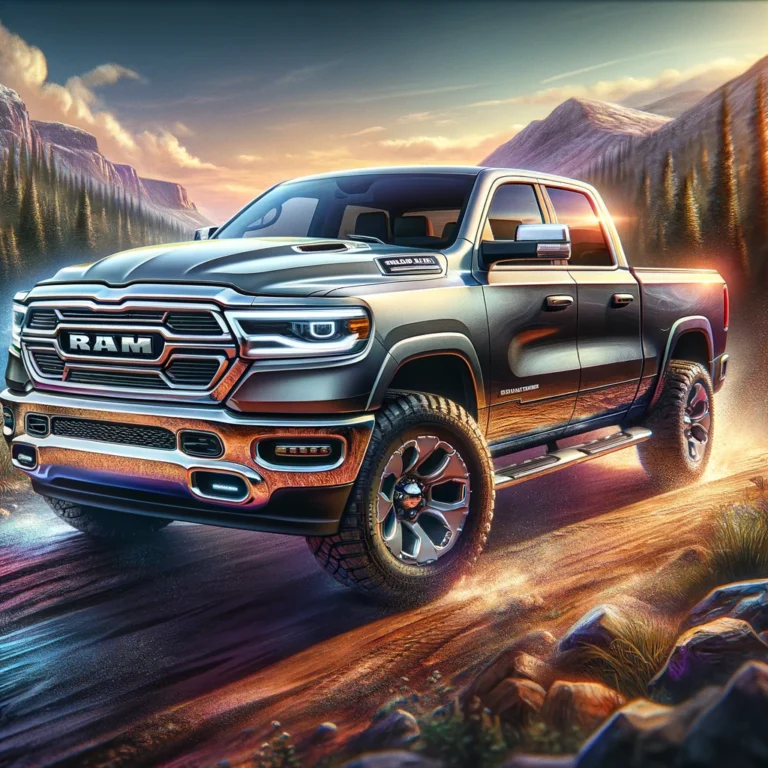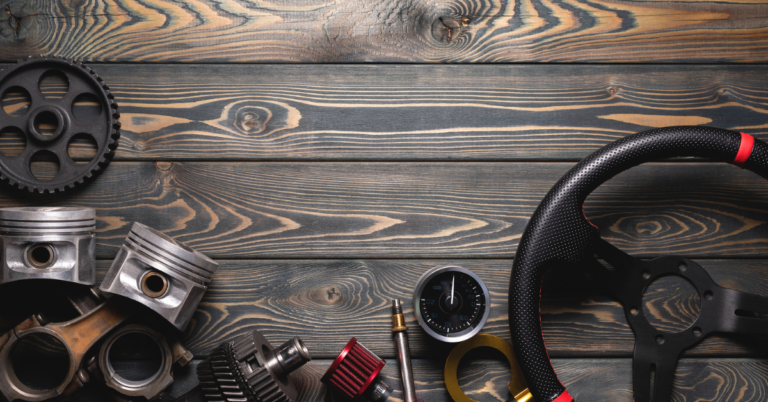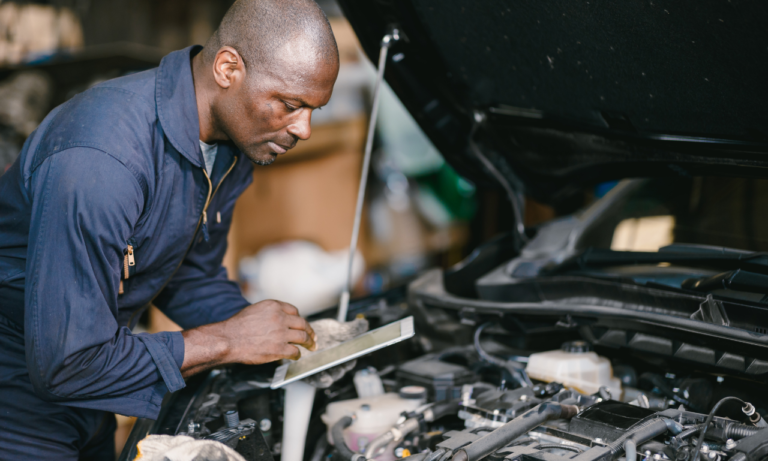Have you ever looked at a car and been instantly drawn to its stunning finish? That’s the magic of automotive paint! But automotive paint is more than just a beauty enhancer—it also plays a vital role in protecting the vehicle’s surface. From the swanky sports cars to the daily commuter, paint serves a dual purpose: aesthetic appeal and safeguarding the body from environmental damage like rust and corrosion. But how does it work, and what should you know when choosing or maintaining automotive paint? Let’s dive in!
Types of Automotive Paint

There are several types of automotive paint, each offering different qualities and effects. Understanding these types can help you decide which is best for your vehicle.
Single-Stage Paint
Single-stage paint combines the color and gloss into one layer, meaning there’s no need for a separate clear coat. While it’s easier and quicker to apply, it may not offer the depth or durability of a two-stage system.
Two-Stage Paint (Base Coat/Clear Coat)
Two-stage paint consists of a base coat (color) and a clear coat (protective layer). This system provides superior gloss and durability and is the most common type of paint used in modern vehicles.
Metallic Paint
Metallic paint contains small metal flakes that reflect light, giving the vehicle a shiny, glittery appearance. It’s popular in sports cars for that extra ‘wow’ factor.
Pearl Paint
Similar to metallic, pearl paint adds mica particles that create a shimmering, multi-dimensional effect. Pearl finishes are subtler than metallic and have a softer glow.
Matte Paint
Matte paint offers a non-glossy, flat finish. It’s trendy for high-end vehicles but requires more maintenance, as it shows dirt and scratches more easily than glossy finishes.
Automotive Paint Composition
The ingredients in automotive paint determine its final appearance and performance. Let’s break it down:
Pigments
Pigments are the component responsible for the color. They can be natural or synthetic and are carefully mixed to create a wide spectrum of shades.
Binders
Binders hold the pigment particles together and help them adhere to the car’s surface. They play a critical role in the paint’s durability and resistance to external damage.
Solvents
Solvents are used to dissolve the paint’s components for application, but they evaporate as the paint dries, leaving behind the pigment and binder.
Additives
Additives provide extra benefits like UV protection, faster drying times, or a smoother finish.
How Automotive Paint Works
Automotive paint is applied in several layers, each with its own purpose.
The Role of Primers
Primers prepare the car’s surface by smoothing imperfections and providing a base for the paint to adhere to.
Base Coats and Their Functions
The base coat provides the car’s color. It’s not glossy on its own, but it creates the foundation for the next layer.
The Importance of Clear Coats for Protection and Shine
The clear coat is what gives the vehicle its glossy, protective finish. It shields the base coat from UV rays, dirt, and minor abrasions.
Color Matching and Customization
Choosing the right color for your car is an art! Whether you want a stock color or a custom shade, color matching is crucial to maintaining consistency across the vehicle.
The Art of Color Matching
Professional painters often use color-matching systems to ensure the paint matches the original shade, especially after repairs or touch-ups.
Popular Colors in the Automotive Industry
Classic colors like black, white, and silver never go out of style, but vibrant colors like red and blue are making a comeback in modern cars.
Custom Paint Jobs: Creativity Meets Functionality
Custom paint jobs are a great way to showcase your personality, but keep in mind that they may be more expensive and require extra care.
The Automotive Paint Process: Step-by-Step
Wondering how a professional paint job is done? Here’s the basic process:
- Surface Preparation: The vehicle’s surface is cleaned and sanded to remove any imperfections.
- Applying the Primer: A primer layer is sprayed on to provide a smooth base.
- Spraying the Base Coat: The color is applied in several coats for an even finish.
- Applying the Clear Coat: The clear coat is added to protect the paint and give it shine.
How to Choose the Right Automotive Paint for Your Vehicle
Selecting the best paint goes beyond picking a color. Consider these factors:
Matching Paint to Vehicle Purpose
If your vehicle is a workhorse, you might want to opt for a more durable, scratch-resistant paint.
Choosing Paint Based on Weather and Environmental Conditions
In sunny climates, UV-resistant paint is a must. In areas with harsh winters, a strong clear coat can protect against road salt and moisture.
Budget Considerations: Quality vs. Cost
While high-quality paint may cost more upfront, it often lasts longer and provides better protection than cheaper alternatives.
Trends in Automotive Paint
Automotive paint has evolved significantly, and these trends are taking the industry by storm.
The Rise of Matte Finishes
Matte paint is a popular trend in luxury and high-performance vehicles, giving cars a sleek, futuristic look.
Special Effect Paints (Chameleon, Glow in the Dark, etc.)
Specialty paints, like chameleon or glow-in-the-dark, add a unique flair by changing colors or glowing under certain conditions.
Eco-Friendly Automotive Paints: Water-Based Solutions
With a push towards sustainability, many manufacturers are now using water-based paints that have fewer harmful emissions compared to solvent-based options.
Maintaining and Protecting Automotive Paint
Your vehicle’s paint needs regular care to stay in top condition.
Regular Cleaning Tips
Washing your car regularly removes dirt and grime that can damage the paint.
Waxing and Polishing for Longevity
Waxing adds an extra layer of protection to your clear coat, while polishing can help restore its shine.
How to Repair Scratches and Chips
Minor scratches can be buffed out, but deeper ones may need professional touch-ups.
Automotive Paint Defects and Solutions
Paint isn’t perfect, and defects can occur. Here’s how to identify and fix them.
Common Issues (Orange Peel, Fisheyes, Blistering)
Orange peel looks like the skin of an orange, while fisheyes are small craters that form in the paint. Both are fixable with sanding and reapplication.
How to Fix Paint Imperfections
You can often repair minor paint defects with polishing compounds, but major flaws may require repainting.
The Role of Paint Protection Films (PPF) and Ceramic Coatings
Protecting your paint is easier with modern solutions.
What is PPF and How it Protects Your Car
Paint Protection Film (PPF) is a transparent film that shields your paint from chips and scratches.
Ceramic Coatings: Enhanced Protection and Gloss
Ceramic coatings provide a glossy, protective layer that repels water, dirt, and contaminants.
Automotive Paint for DIY Enthusiasts
For those who love to take on projects, painting your car at home can be rewarding but challenging.
Can You Paint Your Car at Home?
Yes, but it requires proper tools, space, and skill. A DIY paint job can save money but might not look as polished as a professional job.
Tools and Equipment You’ll Need
A spray gun, air compressor, and plenty of masking tape are just the beginning. You’ll also need high-quality paint and a dust-free environment.
Common Mistakes to Avoid When DIY Painting
Rushing through the process or using low-quality materials can result in uneven paint and imperfections. Patience is key!
Cost of Automotive Paint Jobs
The cost of a paint job can vary widely depending on several factors.
Factors Influencing the Cost of a Car Paint Job
Quality of materials, labor, and the size of the vehicle all impact the final cost.
Professional vs. DIY: Pros and Cons
While DIY saves money, a professional job offers better quality and durability, often justifying the higher cost.
The Future of Automotive Paint
Exciting advancements are shaping the future of automotive coatings.
Smart Paint: Self-Healing and Color-Changing Technologies
Imagine paint that can heal scratches on its own or change colors based on the weather. These innovations are closer than you think!
Innovations in Paint Durability and UV Resistance
Manufacturers are continuously improving the durability and longevity of automotive paint, making cars look better for longer.
Conclusion
Automotive paint has come a long way, from basic protective coatings to highly specialized finishes that turn heads. Whether you’re looking to maintain your car’s current paint or explore custom options, understanding the types, processes, and trends will help you make informed decisions. As technology continues to evolve, the future of automotive paint is sure to bring even more exciting possibilities.
FAQs
How often should I wax my car paint protection?
Waxing every 3-4 months can help maintain your car’s glossy finish and protect against contaminants.
Can I repaint just a portion of my car, or do I need a full paint job?
Yes, spot painting is possible, but matching the color perfectly can be tricky without professional help.
Is water-based automotive paint as durable as solvent-based paint?
Yes, water-based paints are highly durable and eco-friendly, with comparable protection to solvent-based paints.
How can I prevent my car’s paint?
Regular washing, waxing, and parking in shaded areas can help protect against UV rays and environmental damage.
What’s the difference between ceramic coating and wax?
Ceramic coating lasts longer and offers better protection, while wax is less durable and needs frequent reapplication.


